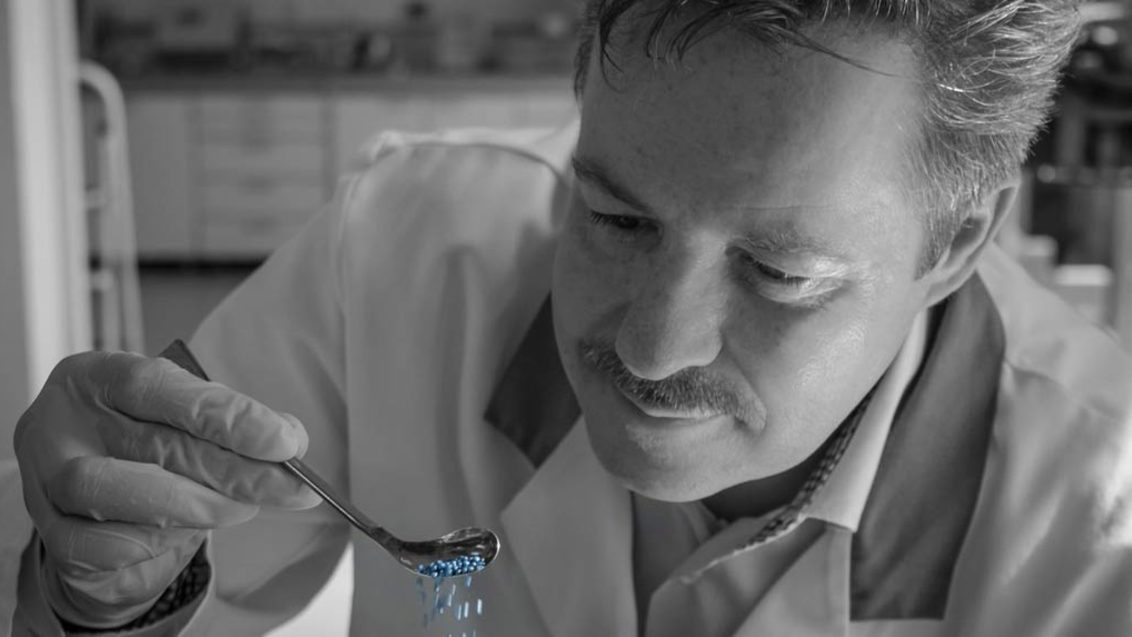One Seed, One Plant

As the value of each seed increases, farmers look to get the most from it and protect that investment. This means planting earlier to hit that optimum window, decreasing planting population to make sure every seed has the nutrients, water and sun that it needs, and hoping it will endure whatever Mother Nature throws at it. That’s where seed treatments deliver results.
Right from the start, seed treatments complement genetics and help each plant reach its maximum potential. They protect the seed at a time when it’s most vulnerable, from diseases and pests, such as insects and nematodes and even stresses such as drought and cold.
While I was stationed in both Africa and Asia, I saw cotton fields completely decimated by diseases and pests. That’s not just the loss of a crop; that’s the loss of income and greatly impacts the livelihood of those farmers. Today, I’m proud to walk through those same fields with those same farmers. Only this time, they are smiling because they are in control — not the other way around.
In fact, as developing countries, which typically have harsher growing conditions, approve GM technology, we see the use of seed treatments skyrocket. Farmers need, and expect, each seed to produce a healthy plant.
The value proposition for seed treatments is unmatched. The return on investment for all stakeholders is critical and only results in happy customers — seed breeders, seed treatment suppliers, dealers and growers.
One might say that the ROI for seed treatments is often bigger than the seed itself. We’re doing more with less: More yield from fewer acres and more yield with less chemicals — micrograms of an active ingredient per seed vs. gallons per acre, or hectare. It’s estimated that we are using up to 500 times less product than a conventional spray. This targeted approach means it’s an incredibly effective tool for farmers, and very safe for those who handle the product and for the environment.
Seed treatments, or Seedcare as we call it, allow us to go beyond seed protection and actually work to enhance biodiversity. If you have questions about seed treatments, I want to hear them. Email me at martin.faerber@syngenta.com
This article originally appeared on the SeedWorld website and is reproduced here by kind permission
